Ubicación: Exhibition Hall 2

Artist:
Florencia Blanco
Curatorship:
Santiago García Navarro
A significant part of Florencia Blanco's photographic work arises from her identification with the Andean region of northwest Argentina and western Bolivia. This exhibition brings together an important selection of images from her series A Form of Her Own, about Freddy Mamani's cholets in the city of El Alto, and Alasita, about the miniatures that represent wishes to be fulfilled and have their annual fair every January in La Paz and other Bolivian cities.
A set of works by five artists from Bolivia (Narda Alvarado, Iván Cáceres, Cristina Collazos, Miguel Hilari, and Claudia Joskowicz) and Ecuador (Tin Ayala) create counterpoints to Blanco's photos, addressing themes such as the deterioration of rural areas due to urban expansion, the reformulation of community structures, historical conflicts like the Gas War, or the materialism of altiplano magic and the archaic-futuristic visions it engenders as a form of reinvention of pacha (the integrated space-time of the Quechua-Aymara episteme).
Florencia Blanco
Florencia Blanco was born in Montpellier, France, in 1971. In Argentina, she lived in Bahía Blanca, Pedro Luro, Salta, and, since 1989, in Buenos Aires.
She studied film and photography.
Among her awards are: 3rd Prize at the National Visual Arts Salon – Photography 2022, Special Mention from the Jury at the National Visual Arts Salon 2021, Metropolitan Fund 2021, Oxenford Collection Travel Grant 2020, Jury Mention at the AAMEC Prize for Contemporary Argentine Photography, Córdoba 2018, Grand Prize from Banco Provincia de Buenos Aires 2009, Fifty Crows International Fund for Documentary Photography, San Francisco, USA, 2002, Artistic Creation Grant from Fundación Antorchas 2000, and a National Arts Fund Grant 2000.
Her work is part of the collections of the Museum of Modern Art of Buenos Aires, the Castagnino Macro Museum of Rosario, the Museum of Modern Art of Rio de Janeiro, Museo en los Cerros, Princeton University, the Larivière Foundation, and private collections.
She exhibits her photographs in Argentina and abroad.
Her published books include Una forma propia, Photographs of Freddy Mamani’s Architecture, and Salteños.
She teaches in the Photography BA program at the National University of San Martín, Argentina.
Santiago García Navarro
Santiago García Navarro (Mar del Plata, 1973). Between 2011 and 2016, he lived in Rio de Janeiro, where he completed a Master’s degree in Literature, Culture, and Contemporaneity (PUC-Rio, 2015) and conducted research on the work of Lygia Clark. In 2022, he published his transfiction book Un reino junto al mar (Ripio, Buenos Aires). He has created over one hundred photofictions, which have been exhibited in galleries in Recife, Belo Horizonte, Curitiba, and São Paulo. Together with Carla Zaccagnini, he made I’m also stepping on wet sand (2017), which was shown at the 68 Art Institute in Copenhagen.
He has collaborated on other artists’ projects, including those of Mónica Giron, Sol Pipkin, Matías Duville, Mandla Reuter, Dora García, and Adrián Villas Rojas. Alongside Elfi Turpin, he curated Trust in Fiction (CRAC Alsace, Altkirch, 2016), an exhibition of fictional artists. He conceived and edited the books on contemporary Bolivian art Corrosión y anomalía (2019), Transplurinacional (2021), and Cerro saqueado, selva quemada, coca profanada (2022), and is currently preparing a fourth volume — all produced in collaboration with Douglas R. Rada and published by Kiosko (Santa Cruz de la Sierra) and AECID (La Paz).
The Whale Project Grants for Artistic Research, later adopted by Argentina’s Ministry of Culture, were his invention together with Eduardo Molinari.
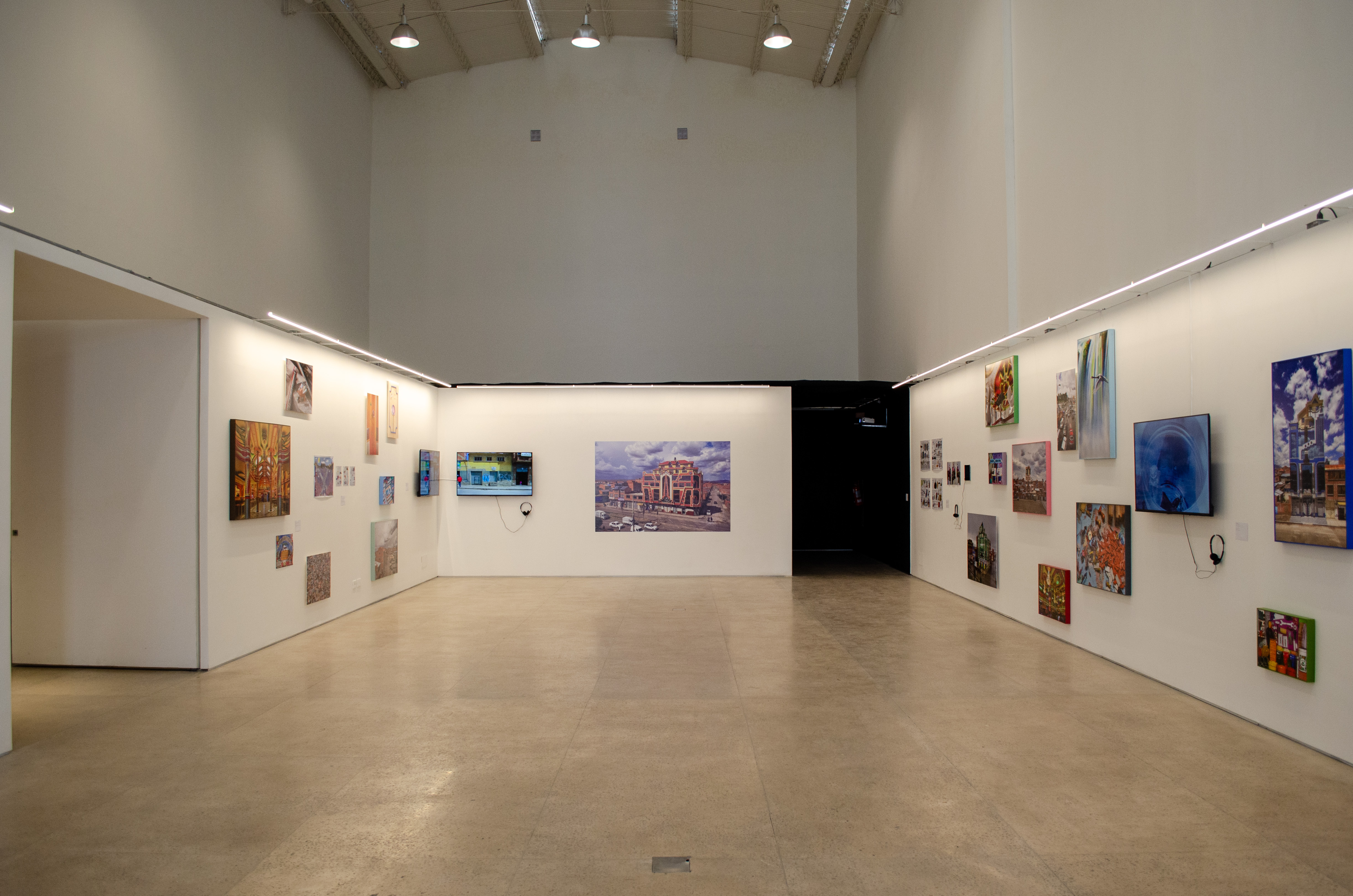
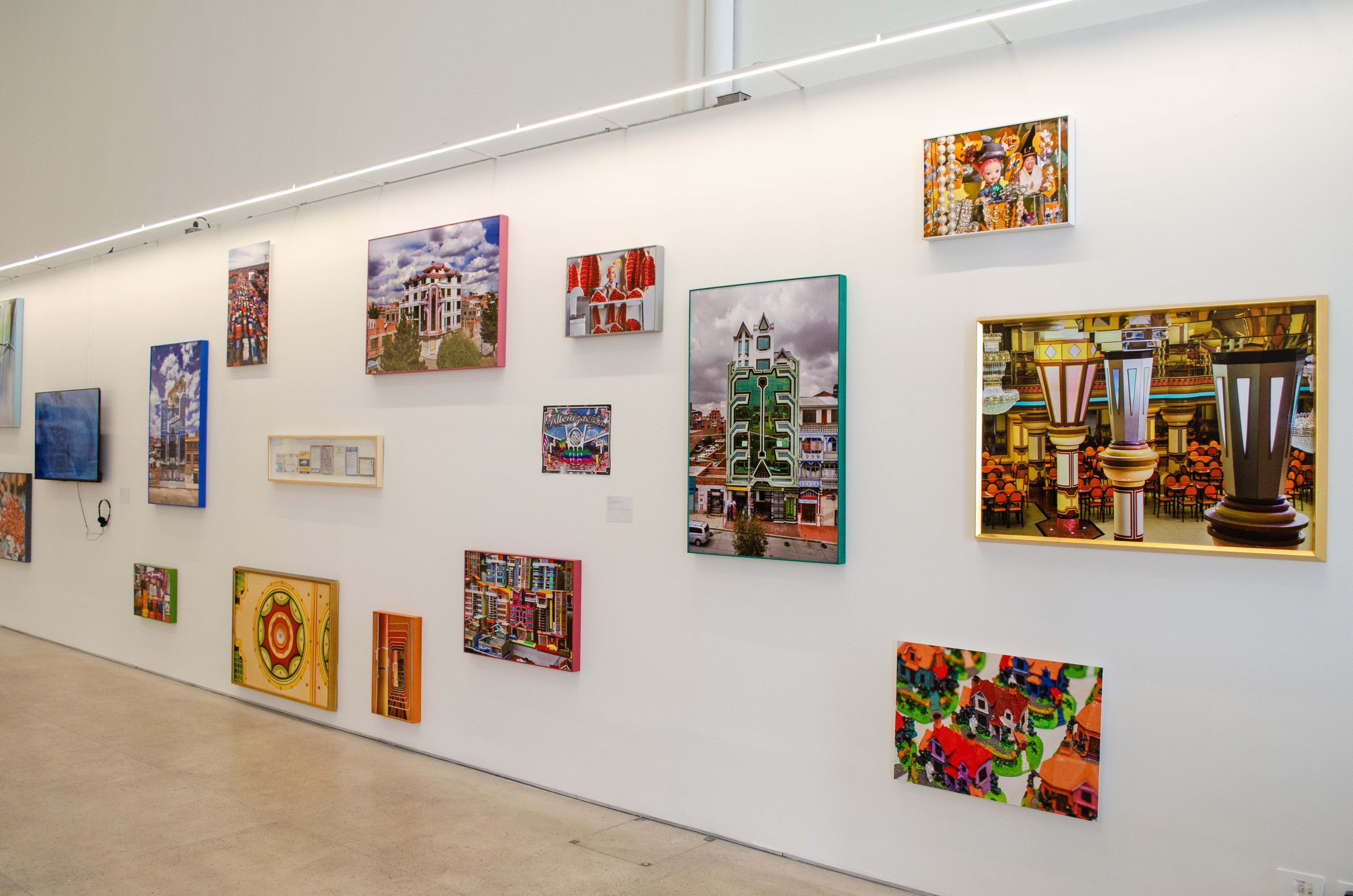
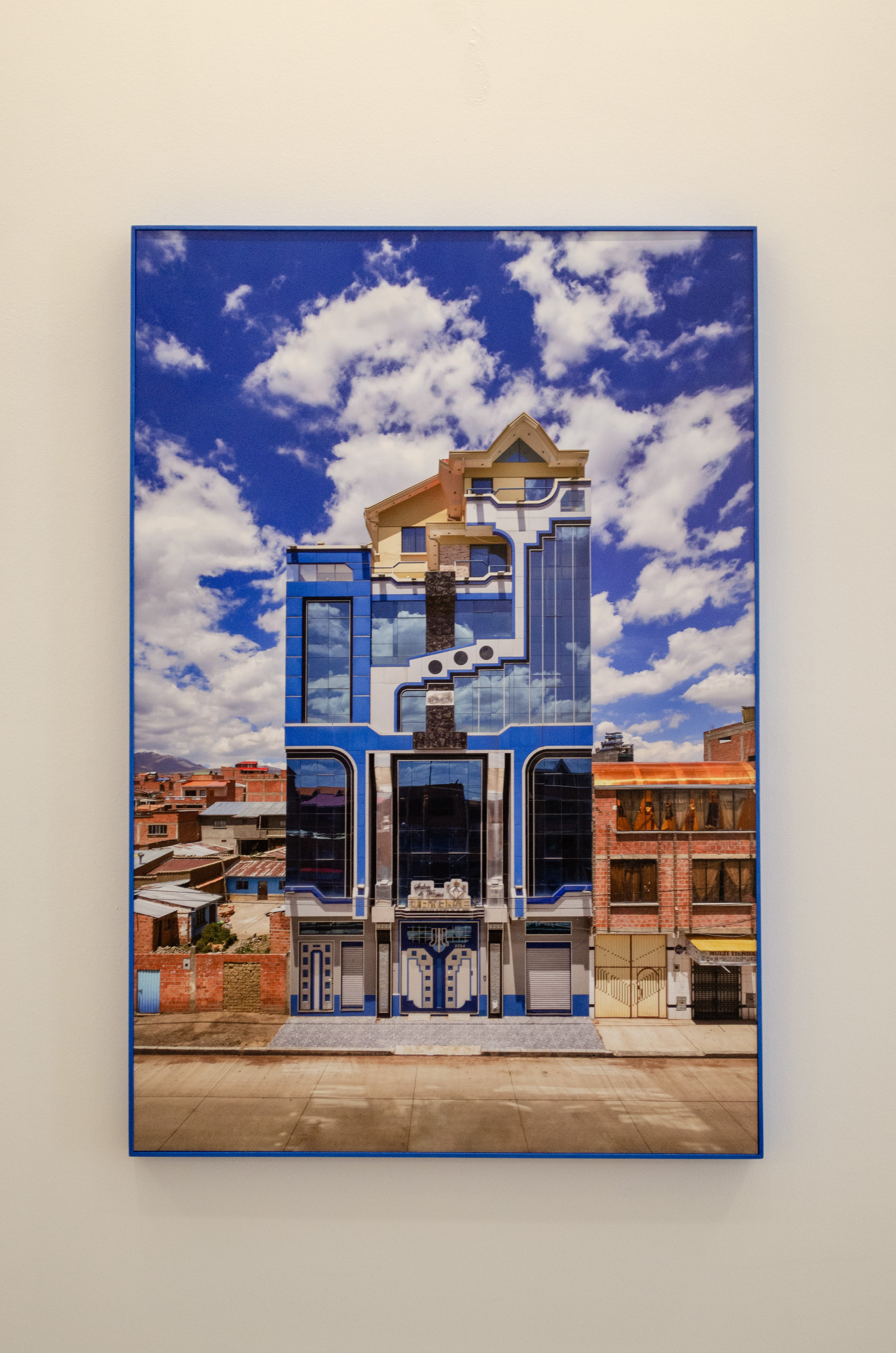

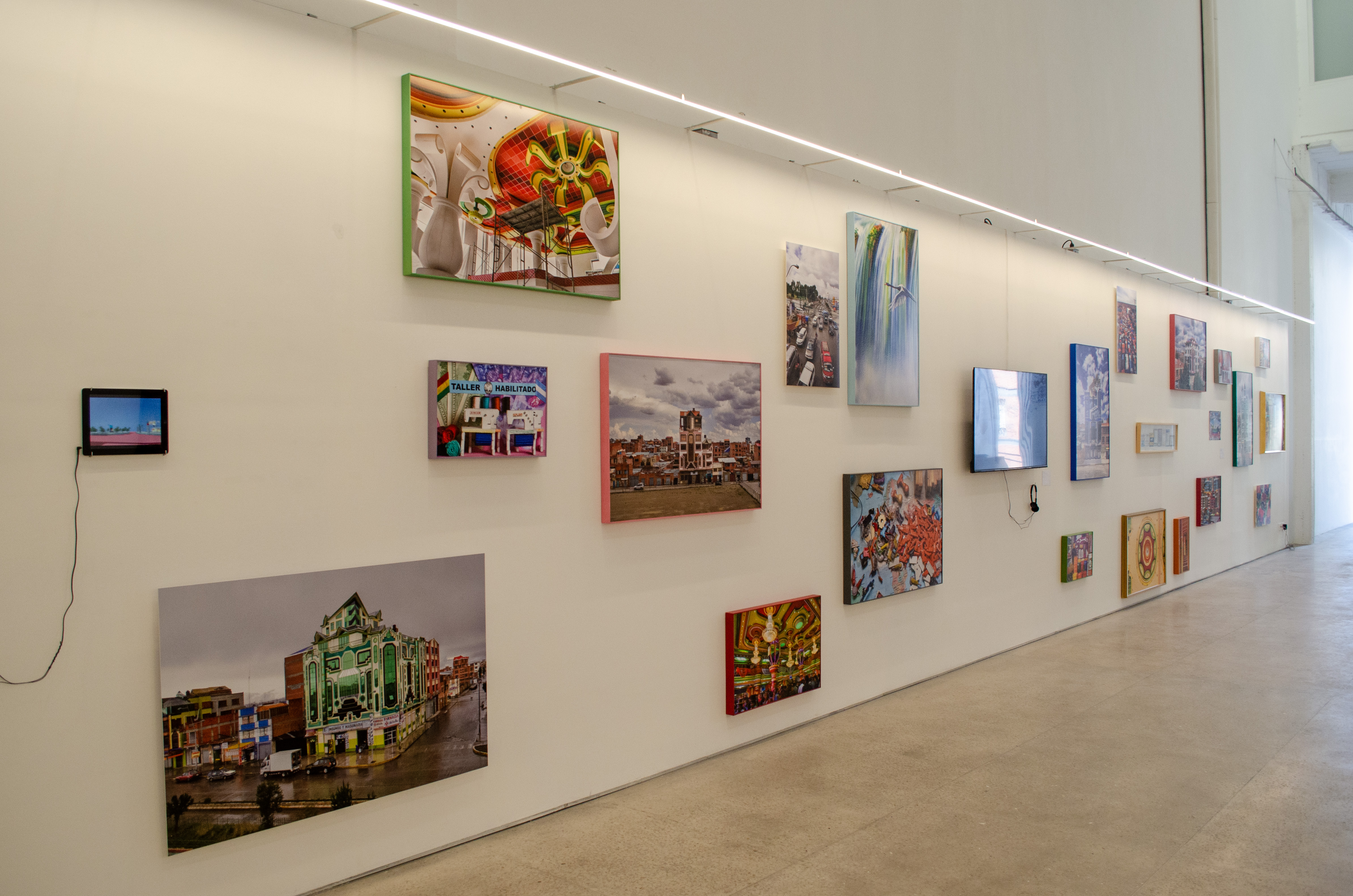
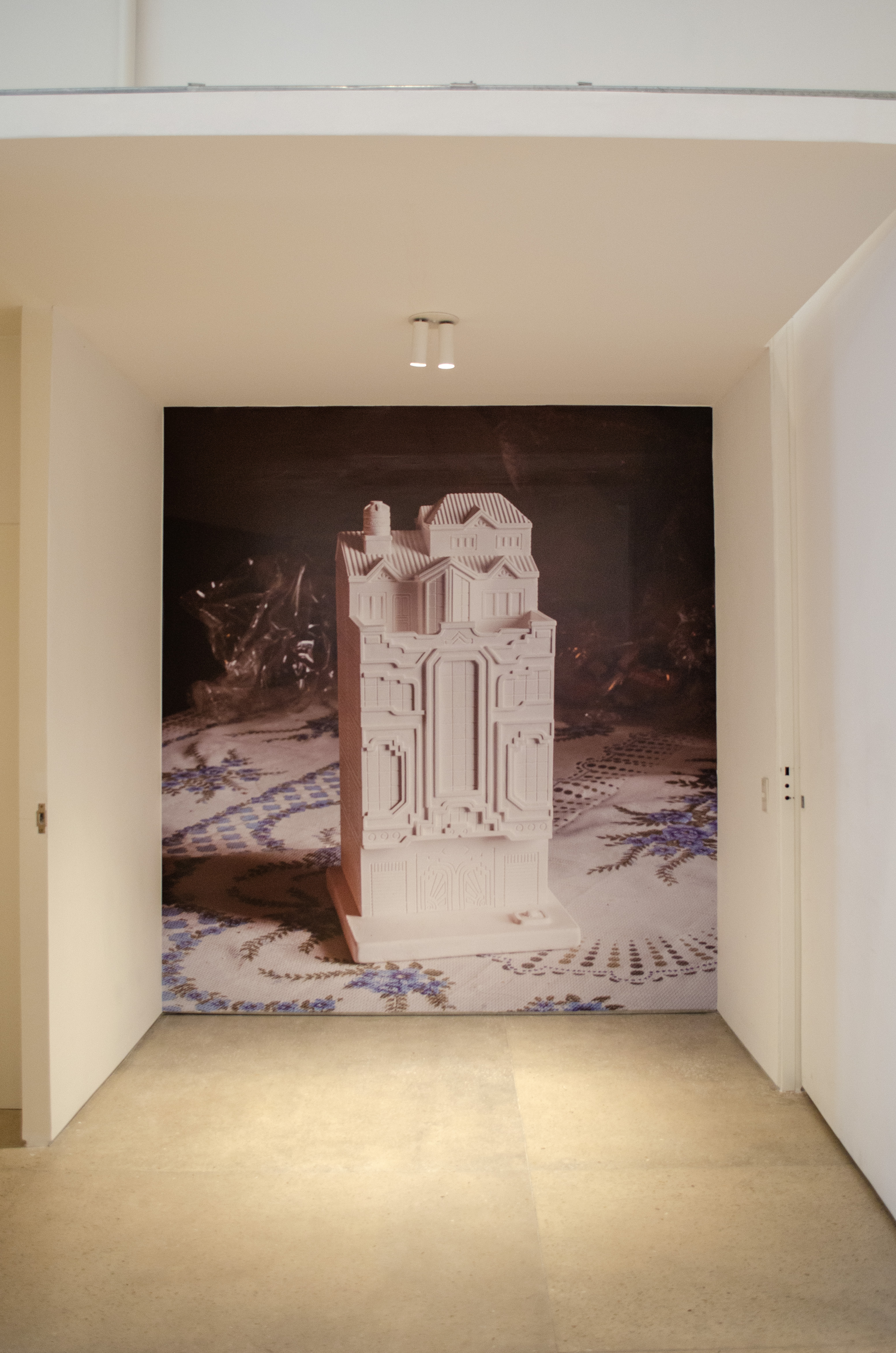

Exhibition made with the support of Mecenazgo Participación Cultural.
.png)
